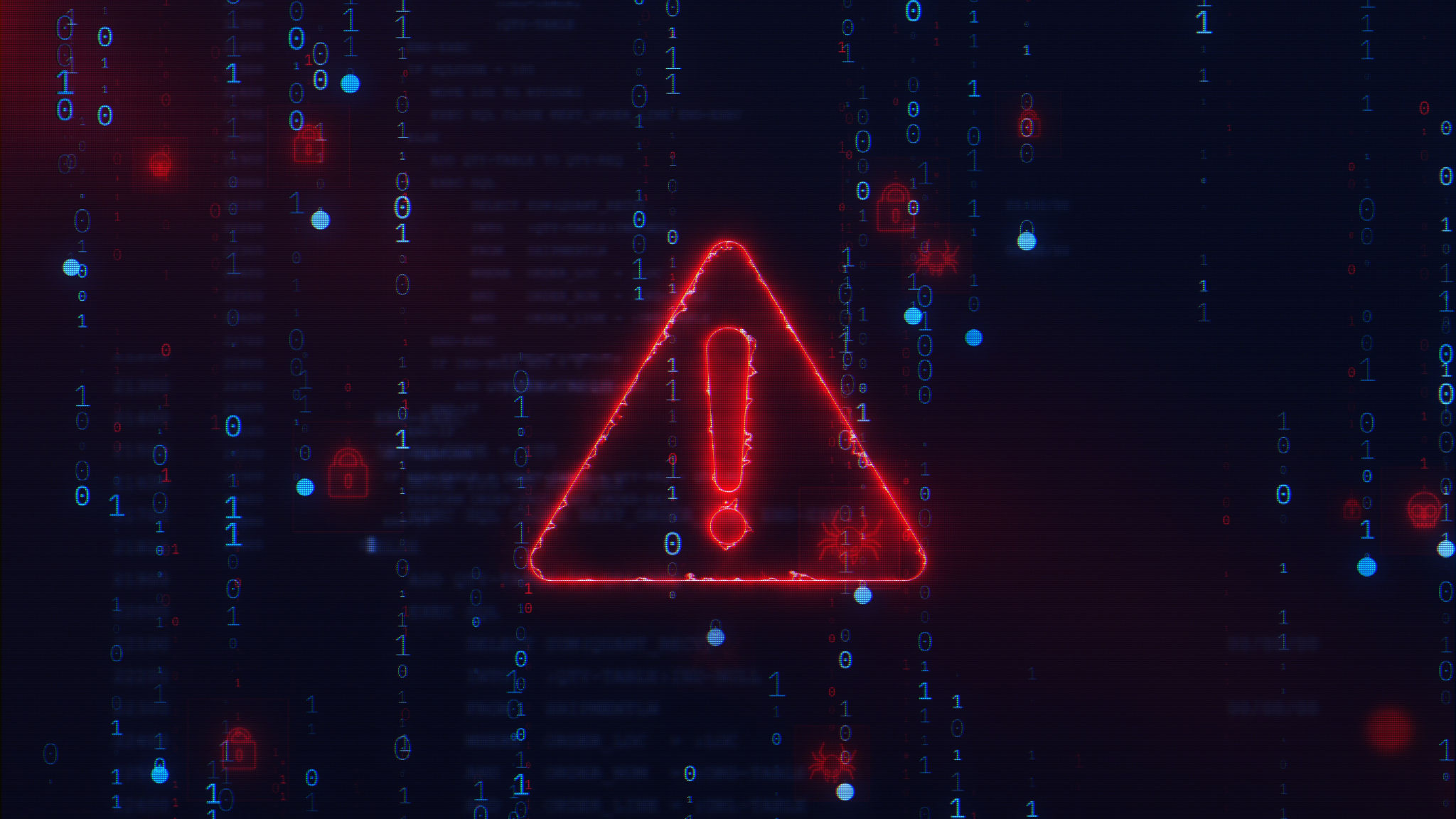Adapting to Cyber Threats: Innovative Cybersecurity Solutions
In today’s digital age, the landscape of cybersecurity is continuously evolving. As cyber threats become more sophisticated, businesses and individuals must adapt by embracing innovative cybersecurity solutions. The importance of staying ahead of these threats cannot be overstated, as a single breach can have devastating consequences.
Understanding the Cyber Threat Landscape
Cyber threats come in various forms, ranging from ransomware and phishing attacks to data breaches and insider threats. Each type of threat poses unique challenges, requiring tailored solutions to effectively counter them. Understanding these threats is the first step in developing robust cybersecurity strategies.
Organizations should conduct regular threat assessments to identify potential vulnerabilities within their systems. This proactive approach helps in anticipating and mitigating risks before they can be exploited by malicious actors.

Innovative Technologies in Cybersecurity
The field of cybersecurity is rapidly advancing, with new technologies emerging to tackle evolving threats. Some of the most promising innovations include:
- Artificial Intelligence (AI) and Machine Learning: These technologies enable systems to learn from data patterns, enhancing threat detection and response times.
- Blockchain Technology: By providing a decentralized and secure method of data storage, blockchain can help prevent unauthorized access and tampering.
- Zero Trust Architecture: This approach assumes that threats can come from both outside and inside the network, enforcing strict identity verification for every user attempting to access resources.
By integrating these technologies, organizations can create a more resilient cybersecurity infrastructure.
The Role of Human Factor in Cybersecurity
No matter how advanced the technology, human error remains a significant contributor to security breaches. Ensuring that employees are well-informed and trained in cybersecurity practices is crucial to maintaining a secure environment.
Implementing regular training sessions and awareness programs can significantly reduce the likelihood of successful phishing attacks and other social engineering tactics. Encouraging a culture of vigilance and accountability is key to reinforcing the human element of cybersecurity.

Implementing Comprehensive Security Policies
Creating and enforcing comprehensive security policies is essential for safeguarding sensitive information. These policies should cover areas such as:
- Access Control: Establishing clear guidelines on who can access specific data and resources.
- Data Encryption: Ensuring that all sensitive data is encrypted both in transit and at rest.
- Incident Response: Developing a robust incident response plan to quickly address any security breaches or threats.
Regularly reviewing and updating these policies ensures they remain effective against new and emerging threats.
The Future of Cybersecurity
The future of cybersecurity will undoubtedly involve greater reliance on automation and AI-driven solutions. As these technologies continue to evolve, they will provide even more effective tools for detecting and mitigating cyber threats.
Businesses must remain agile and open to adopting new technologies as part of their cybersecurity strategies. By doing so, they can ensure a proactive stance against cyber threats and safeguard their digital assets.

Adapting to the ever-changing cyber threat landscape is an ongoing process. By understanding the risks, embracing innovative solutions, and fostering a culture of cybersecurity awareness, organizations can protect themselves against even the most sophisticated attacks. Staying informed and prepared is key to thriving in today’s digital world.
